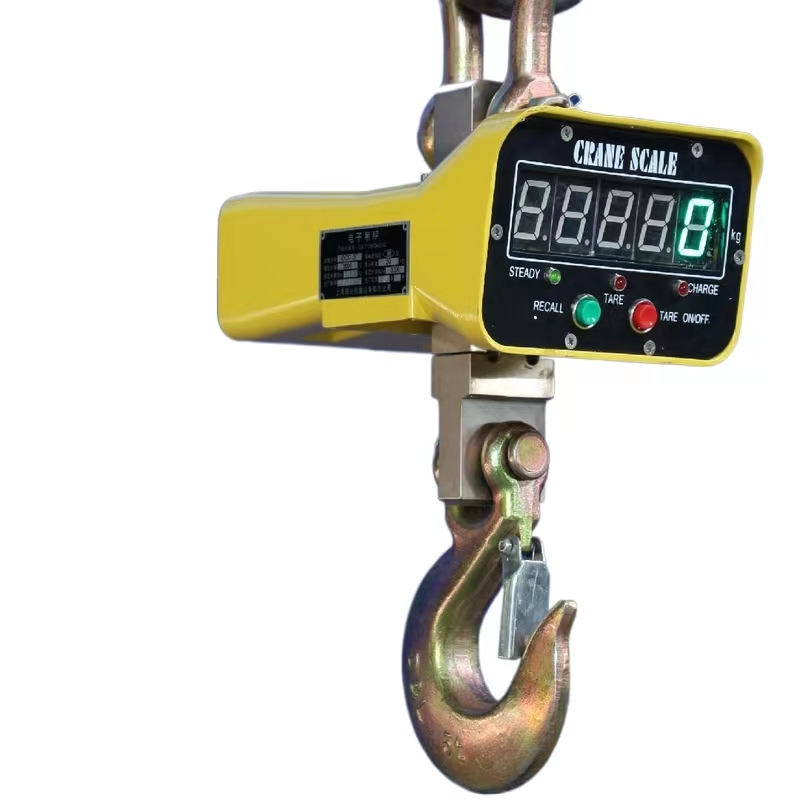


Chain Hoist Design Principles and Innovations
Chain hoists are fundamental tools used in various industries to lift and lower heavy loads efficiently and safely. The design of these devices is critical not only for their performance but also for user safety and operational efficiency. This article explores the essential principles involved in the design of chain hoists, recent innovations, and their applications across different sectors.
Key Principles of Chain Hoist Design
At the heart of chain hoist design is the mechanism that enables the lifting and lowering of heavy loads. A typical chain hoist comprises several key components the chain, the sprockets, the lifting mechanism, the hand chain, and the body casing. The design of each of these components significantly impacts the overall functionality of the hoist.
1. Load Capacity The primary consideration in chain hoist design is determining the load capacity. Engineers must calculate the maximum load the hoist can safely lift without compromising structural integrity. This involves selecting appropriate materials and designing robust components to withstand various forces during operation.
2. Safety Features Safety is paramount in hoist design. Modern chain hoists are equipped with several safety features, such as limit switches that prevent over-lifting, overload protection devices, and emergency brake systems. These features are essential for preventing accidents and ensuring the safety of operators.
3. Ergonomics In addition to safety, ergonomic design is crucial for user comfort and efficiency. The design of the hand chain and controls should allow for easy operation without excessive physical strain. Lightweight materials can be used to reduce the overall weight of the hoist, making it easier for operators to handle.
4. Durability and Maintenance The materials used in the construction of chain hoists must be durable to withstand harsh operating conditions, including exposure to chemicals, moisture, and extreme temperatures. Engineers are increasingly focusing on designs that allow for easy maintenance, reducing downtime and prolonging the life of the equipment.

Innovations in Chain Hoist Technology
As industries evolve, so do the designs of chain hoists. Recent technological advancements have led to innovative designs that enhance performance and safety.
1. Electric Chain Hoists The introduction of electric chain hoists has transformed the industry. Electric hoists eliminate the need for manual effort in lifting heavy loads, making operations faster and reducing the risk of injury. These hoists come equipped with advanced features like variable speed control and remote operation, allowing for greater precision and ease of use.
2. Smart Hoists Another significant innovation is the emergence of smart hoists that utilize Internet of Things (IoT) technology. These hoists can monitor performance in real-time, providing data on load weights, operating conditions, and maintenance needs. This data-driven approach enhances operational efficiency and preemptively addresses potential issues.
3. Modular Designs Modern chain hoists are increasingly designed with modular components, allowing for customization and easy upgrades. This flexibility enables businesses to adapt hoists to specific lifting requirements as their operations change over time.
Applications Across Industries
Chain hoists are versatile and can be found in various applications, including construction, manufacturing, and entertainment. In construction, they are used to lift materials to significant heights, while in manufacturing, they assist in assembly lines. In the entertainment industry, chain hoists are often employed in rigging systems for concerts and theater productions.
In summary, the design of chain hoists combines various engineering principles to enhance performance, safety, and user experience. With ongoing innovations and a focus on ergonomic and efficient designs, chain hoists continue to play a crucial role in lifting operations across multiple sectors, adapting to the evolving needs of modern industries.



